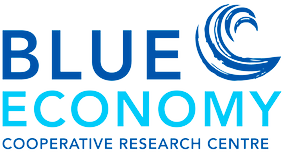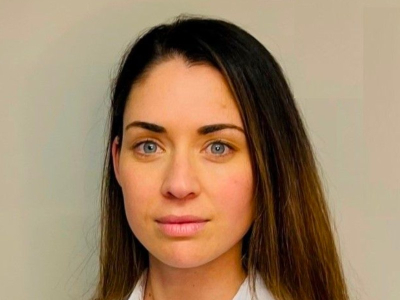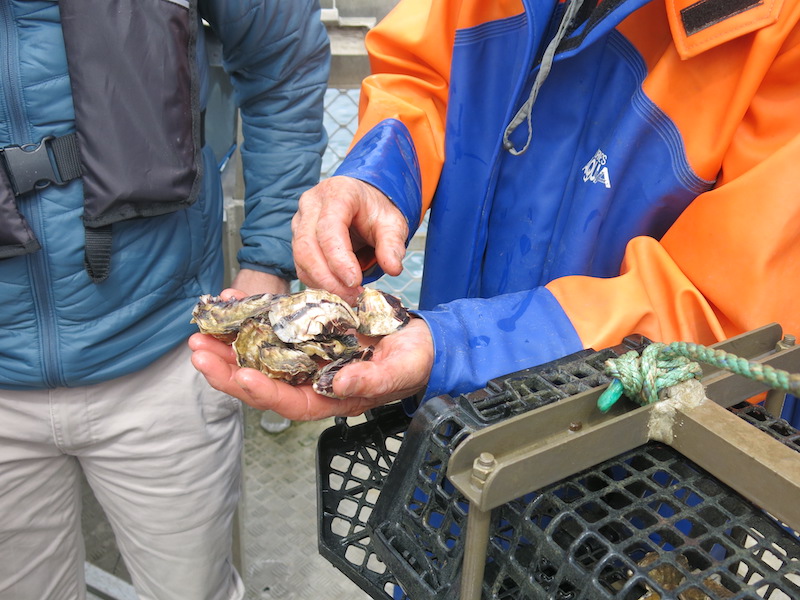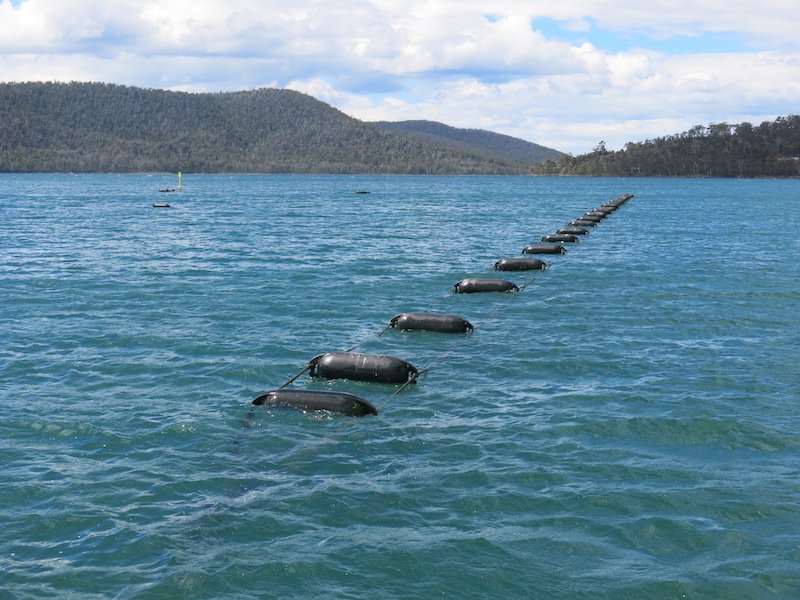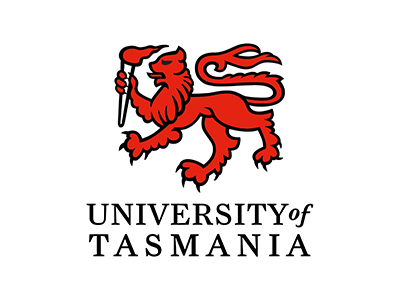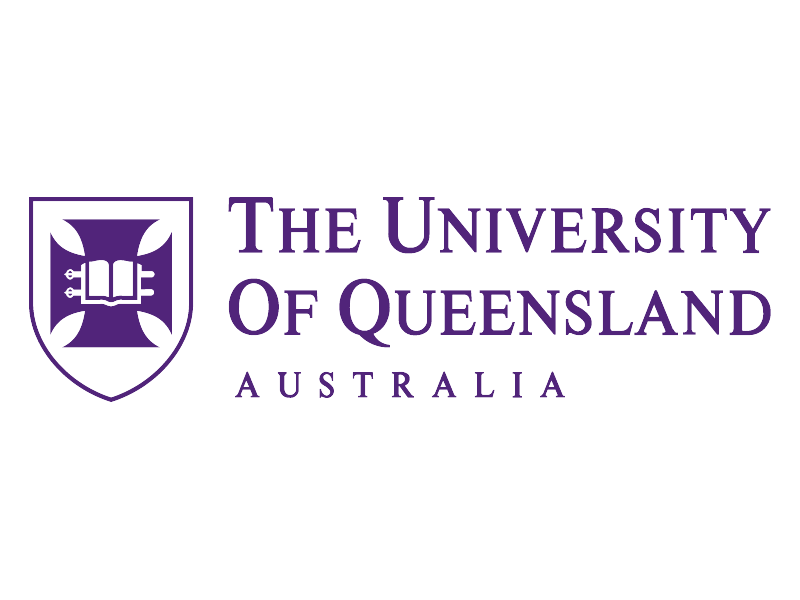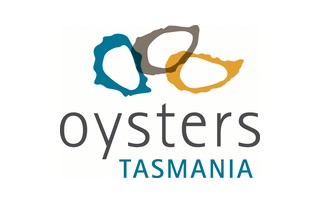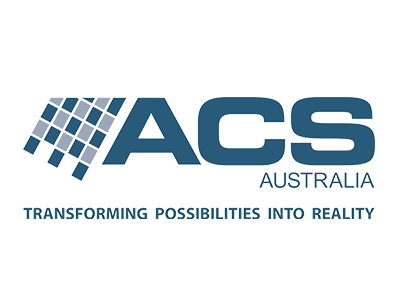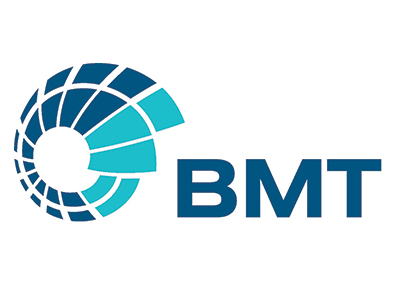Research Program
PROJECT LEADER
PROJECT ID
2.21.001
BECRC PARTNERS
Advanced Composite Structures Australia
BMT
Cawthron
Griffith University
Oysters TAS
University of Queensland
UTAS
START DATE
Sept 2022
END DATE
Feb 2023
DURATION
6 months
PROJECT IN BRIEF
There is broad acceptance that future growth of the Tasmanian oyster industry will rely on the utilisation of deep-water/high-energy production sites. With available intertidal zones nearing capacity, there is an opportunity to take advantage of existing deep water/exposed leases to grow production.
Out of approximately 1500Ha of marine leases licenced for shellfish growing in Tasmania, 1175Ha are in shallow, protected, intertidal zones. There are few intertidal leases remaining unlicensed and an increasing influence of coastal urbanisation means a low likelihood that further intertidal shellfish lease space will be allocated.
Conversely, deep water shellfish growing leases remain underutilised. As of June 2021, 83% of allocated shellfish leases that can be characterised as deep-water/more exposed were not currently used for farming. The availability of these deep-water leases presents a tangible opportunity to grow production.
This project investigates the opportunity for the oyster industry to successfully transition production to deep water and high-energy sites. It will identify constraints and benefits of this transformation, increase understanding of what it will take to move farming into deeper water and identify research and extension opportunities that meet the current and future needs of the industry.
2023 PARTICIPANTS WORKSHOP PROJECT UPDATE
MARCH 2023 PROGRESS UPDATE
In early March Oysters Tasmania progressed the Blue Economy CRC oyster aquaculture scoping project with some key activities.
Selected team members visited an existing ‘high energy’ lease located off Dart Island on the Tasman Peninsula. Local oyster farmers Steve and Yvonne Leslie grow Pacific and Angasi oysters onsite, while also developing experimental deep water farm equipment alongside operations.
This site visit was an excellent way to illustrate initial challenges faced with growing oysters while being entirely reliant on deep water/oceanic lease space. Later on in the week the team held discussion meeting where growers, scientists, and engineers explored key issues and questions raised out of the literature review portion of the project. The discussion was supported by experiences from the participating growers, with much value being added from team members with specific experience growing oysters in high energy environments. Topics included but were not limited to, site selection criteria, desktop modelling of hydrodynamic energy, as well biofouling management and mitigation.
These discussions will support key recommendations out of the scoping project, with some clear limitations identified for expanding production to high energy sites. The outputs of this project will drive additional project opportunities in coming years, with the scoping project due to be finalised in April.
Many thanks to Steve and Yvonne, oyster industry members, and the project team who participated in the scoping project discussions.
